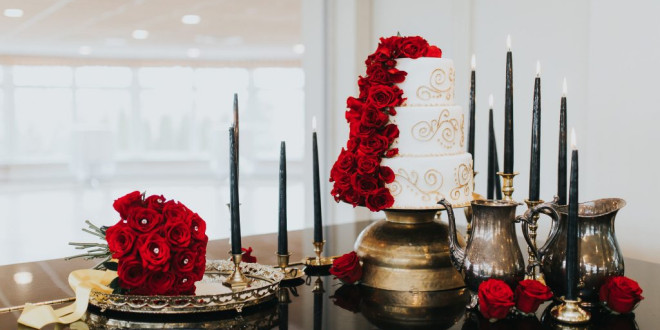[ad_1]
The hands are one of the most observed parts of our bodies. We use them constantly as we work. We use them to greet new acquaintances and old friends. They are our ambassadors to the world around us and are often the first thing that people notice about a person. Because of this, we use rings on our fingers to decorate our hands and make a statement about ourselves and what’s important to us.
Different Styles of Rings
Rings for the finger are an extremely ancient custom, and are found in many cultures all over the world. In some cases they serve a practical purpose, but generally a ring is used only for decoration or as a display of power or wealth. There are dozens of distinct variations, from plain unadorned wedding rings to rings set with elaborate arrays of gemstones. Rings are rich with symbolism and history, and often the rings that a person wears hold very deep meanings for that person. Rings can be made of virtually any material, including plastic, wood, glass, or bone, but are most commonly made from metals. Precious metals are often preferred, for their beauty and value.
Rings can be divided into two loose groups: bands and settings. Band rings form a simple hoop around the finger with no protruding setting. These can be plain, as seen in a traditional wedding band, but are more often engraved or embossed with designs or wording, or inset with small gems.
A puzzle ring is made of several narrow bands interlocked, forming a single band with a braided appearance. Promise rings or purity rings often take on a band appearance, following the tradition of the wedding band. Rings engraved with wording have always enjoyed popularity, ranging from lines of poetry to beloved quotes to declarations of love.
Setting rings are probably more common, and occur in even more variation. These have a slightly more complex construction. The hoop around the finger remains, of course, but is flattened into a bezel on one side (and may also be wider at this point), where the stones or decorations are displayed.
Virtually anything can be displayed on a ring. Keys were once popular, as a way to conveniently carry an important key. Watch rings were a stylish accessory at one time. Members of royalty or of religious hierarchy often bear highly symbolic rings, which represent their power and authority. In medieval times, the gentry possessed signet rings, embossed with the symbols of their house. In modern times, the class ring carries on the tradition of elaborate symbolic rings. Professional associations, teams, and other groups also borrow the symbolism of these rings.
Perhaps most common, though, are rings simply set with stones. Gemstone rings can be set with one or many stones, in varying sizes and cuts. Sometimes the stones themselves can be meaningful (as in the Victorian Regards ring), but often are chosen simply for their color and beauty. The tradition of birthstones for each month has given us birthstone rings for men and women, as well as mother’s rings which bear a stone for each child. It has been traditional for engagement rings to take the form of a single diamond, called a solitaire. It is generally possible to find a ring featuring any kind of precious stone imaginable, and if the combination you desire isn’t available, any jeweler or silversmith will be happy to create it for you.
What Defines Western Style
Western jewelry is distinct from other styles in several ways. It is most commonly made from silver, as that metal is common in the American Southwest. For the same reason, turquoise is a popular stone for embellishment in this style. These are by no means the only materials used in western jewelry, though. Gold has a strong showing, and other stones are popular as well, especially rubies and other boldly colored gems. This style tends to prefer natural elements and is not overly concerned with fancy or complicated settings.
Another element that defines Western style is its use of motifs and designs. The intricate engravings and the traditional scenes are deeply beloved by fans of this style. These motifs often feature natural elements such as animals, and often focus on cowboy life. It is common for a design to be encircled by a border like a rope, for example. Christian religious symbols are also an important part of this culture, and are a common part of the imagery of the motif.
Rings are steeped in history and symbolism, and are still to this day an important method for displaying the things that are important to you.
[ad_2]
Source by Binh T. Le

